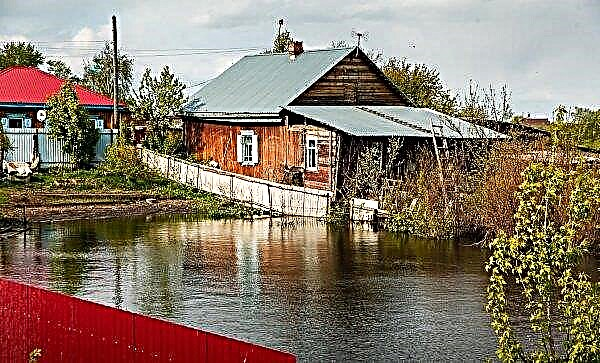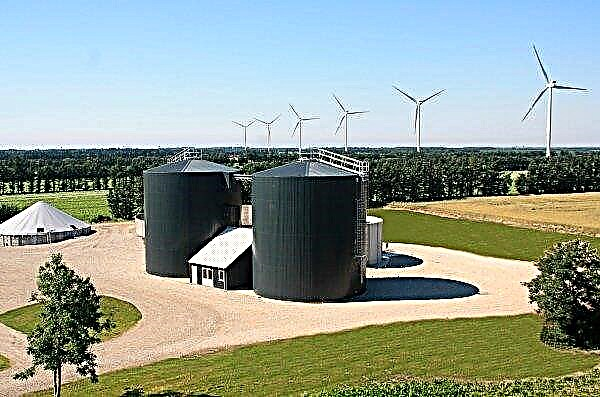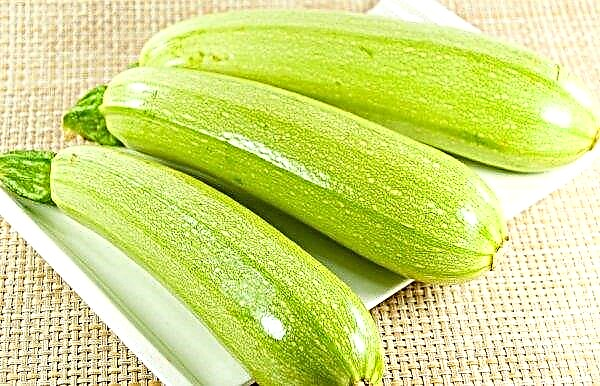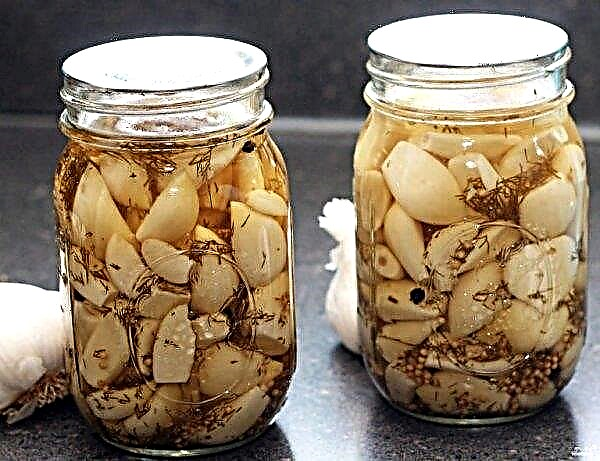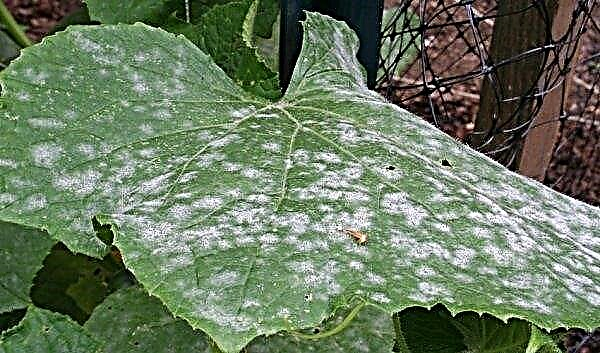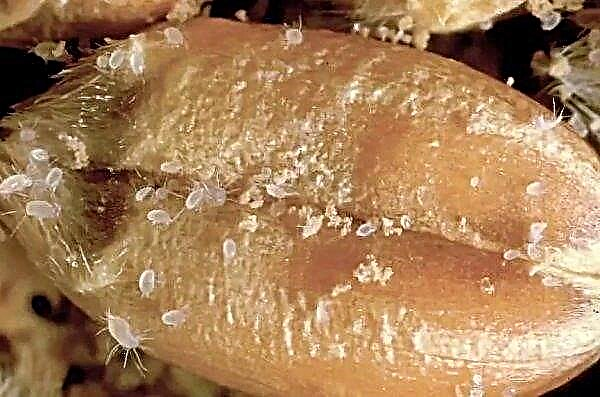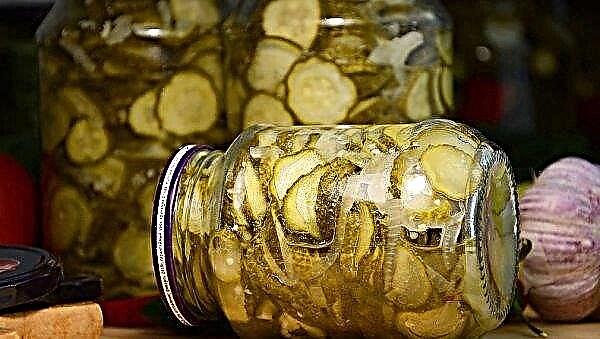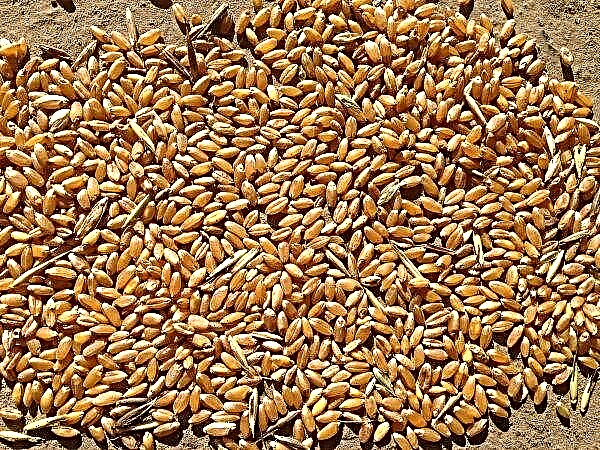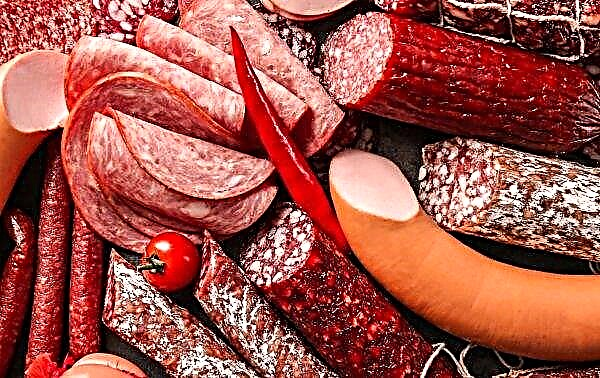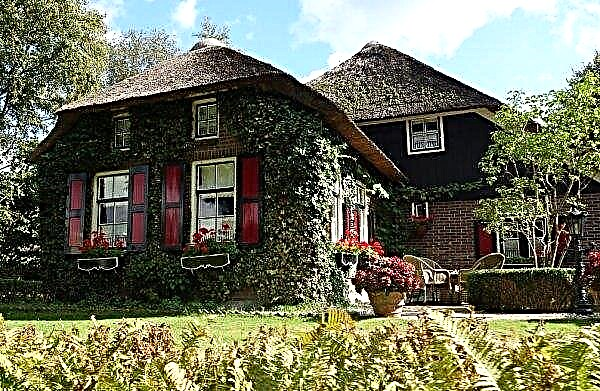Evergreen spruce wonderful - decoration of any site. Their diversity is so great that it can satisfy any, even the most finicky taste. Due to differences in size, shape and color, the spectrum of their application is wide - rockeries rock gardens, stone gardens, single and group plantings. One of the attractive decorative varieties that can decorate any landscape design is ordinary spruce Tompa.
Grade description
Variety Picea abies Tompa was bred in 1987 in the Netherlands. The maximum height of this evergreen tree reaches no more than 2 m, and a width of 1.5 m at the age of thirty. It has a beautiful wide conical shape. 
The freshness of green stiff needles growing on thick, coarse sticking branches, and the neat shape (the height of a ten-year-old tree is 1 m, width 1.5 m) distinguishes this beauty among many other species. Due to the slow growth, it is quite easy to care for and practically does not require forming trimming.
Important! Rock garden (Alpine slide) is a garden on an artificial or natural slope, created from mountain plants and imitating a mountain landscape.
Landscape design application
Tompa is great for decorating rock gardens and rockeries. At the same time, it is in perfect harmony with juniper. Due to its slow development, it looks good among flower plantings. Small stature makes her an ideal resident of miniature ornamental gardens, the design of which undoubtedly benefits from her presence.
Growing conditions
As mentioned above, ordinary spruce Tompa is quite unpretentious in cultivation, but in the first years of life it requires attention. The first thing worth noting is that it is moisture-loving. The tree does not tolerate prolonged elevated temperatures and dry winds extremely poorly.
Did you know? After the death of the spruce, a clone can grow from its root. Thanks to this property, in Sweden there is a spruce, which is more than 9 thousand years old.
Under such adverse conditions, it is necessary to water it a couple of times a week for 10-12 liters under the root and be sure to use sprinkling to irrigate the crown. For the purpose of moisture retention, the near-stem circle in the radius of the crown must be mulched with materials suitable for this - crumbs, peat, bark, organic or synthetic decorative mulch. The spruce can cope with short-term dry weather on its own.

The second thing to watch out for in the early stages of its development is return spring or autumn frosts. Despite the fact that adult plants calmly tolerate frosts down to -40 ° C, to prevent the freezing of young seedlings, they must be insulated with spruce branches or other covering materials.
The third feature in the cultivation of Tompa spruce is its non-perception of polluted environment. For this reason, it is better to decorate suburban landscapes with it.
Landing rules
The key to successful cultivation of Picea abies Tompa is compliance with the rules of planting. This is an important agricultural technique that requires careful preparation, at the same time it is quite simple. To do this, you need to work hard and choose a quality planting material.
Step-by-step instruction
- Planting material. When choosing a seedling, you should know that it is best to purchase it in a container (this rule should be followed when choosing all conifers). In this case, you need to make sure that the root system is firmly held in it. This is easily determined by turning the container over while holding the plant. If it easily falls out or the root is exposed, refuse this purchase - the tree will not take root. General view of the selected seedling should be healthy.
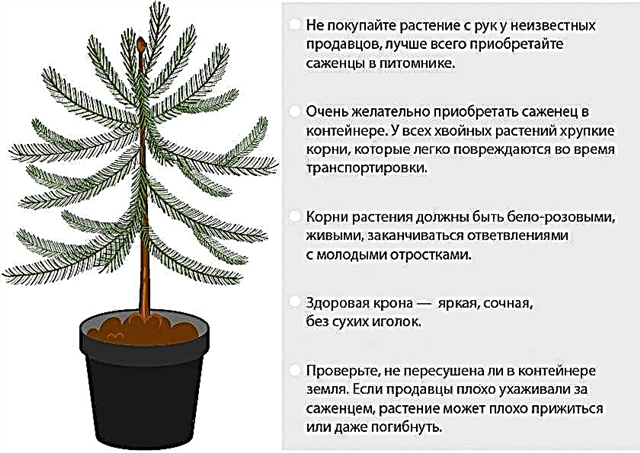
- Preparing the hole. To plant Picea abies Tompa in open ground, dig a hole equal to two diameters of the landing container and its double height, plus 20 cm for drainage.
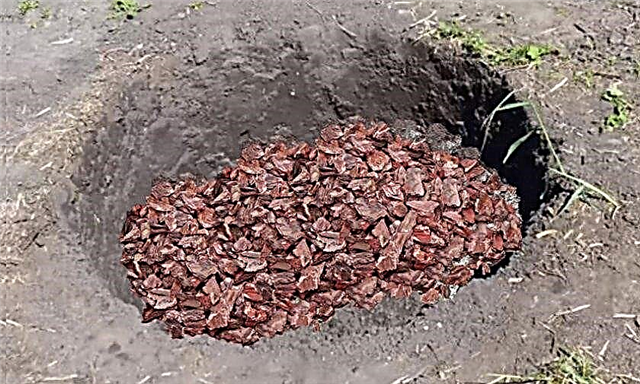
- Preparation of the substrate. You can plant a spruce in the prepared ready-made soil, in the soil taken in the coniferous forest, or prepare the mixture yourself from turf land (2 parts), leaf (2 hours), peat (1 hour) and sand (1 hour).
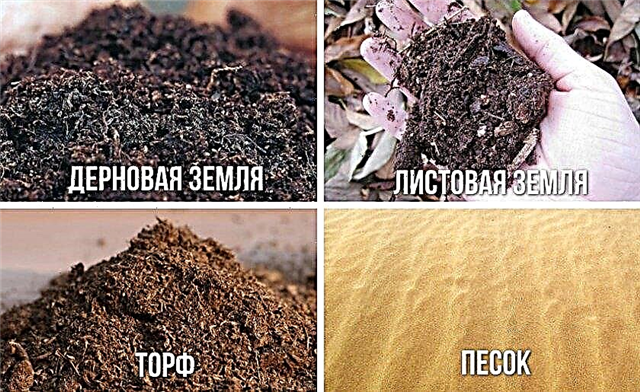
- Landing. Despite the fact that the Tompa spruce is hygroscopic, you need to know that prolonged exposure to stagnant water on the root can destroy it. To avoid this, drainage up to 20 cm should be put on the bottom of the hole. If the soil is not prone to stagnation of moisture, this can not be done. Carefully remove the seedling from the container and move it to the hole, fill it with the prepared substrate so that the root neck of the plant is at the level of the soil.

- Watering. Pour about 30 liters of water under the plant, if necessary, add the settled soil to the desired level and repeat watering, depending on the size of the tree, from 10 to 20 liters. In dry weather, the next hydration should be done every other day.
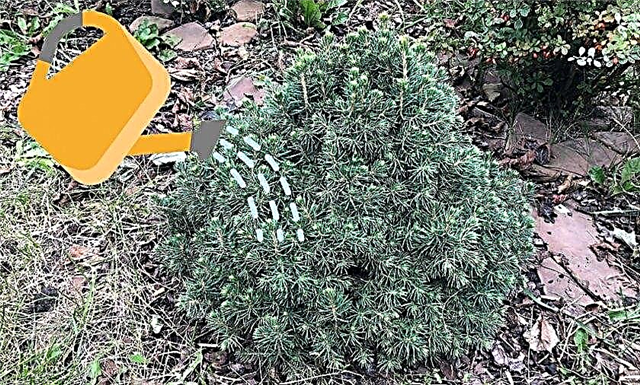
- Mulching. After repeated watering, the tree trunk circle must be mulched with a layer of up to 20 cm with the materials listed above in the description.

When planting two or more trees, it is necessary to observe a distance between them of at least 2 m. If you decide to grow this tree in a container, you should transfer it to a container that is two to three times the starting one.
Did you know? The average life span of firs is up to 500 years.
Care Features
Common Spruce Tompa does not require any special care and is generally quite unpretentious, except for the first two to three years of her life (during this period she needs regular watering and shelter). However, simple agricultural practices should be performed.
Watering and feeding
With normal humidity and good mulching, the plant may well have enough natural moisture and it does not require additional watering. However, when long-term dry weather is established, the spruce should be watered at least once a week at least 10 l under the trunk and at the same time sprinkle (water the crown from above from a garden watering can).
Did you know? In spruce forests it is warmer in winter and cooler in summer than in the street in general.
As for top dressing, you can make it starting from the fifth year of life. For these purposes, a well-balanced complex of fertilizers purchased at retail outlets is well suited. Self-made organo-mineral mixtures can also be used. It is not worth feeding the tree more often than twice a year (in spring and autumn).

Loosening and mulching
Loosening the soil around the trunk should be carried out as compaction. It should be borne in mind that if the plant was mulled properly, the need for loosening is reduced to zero, since the microorganisms under the mulch will do this work for you. In this regard, the best agricultural method for growing spruce is to maintain a good protective layer.
Pruning
Due to the weak annual growth (about 1 cm) and a fairly strong natural crown, the need to carry out forming pruning loses its meaning. Therefore, in early spring, you can only carry out a sanitary haircut (if necessary) to remove dry and damaged branches.
Important! Sprinkling should be carried out early in the morning or in the evening (after sunset). The water should be warm, at least +20° C.
Wintering
Spruce ordinary Tompa has good cold resistance - up to -40 ° C. Therefore, it tolerates our winters quite well. To protect young plants, their root system must be covered with spruce branches. It is also worth worrying about plants grown in the container version and insulate their root system, place the container in the ground or use industrial insulation.
Due to its compact size, Tompa spruce is often used in landscaping balconies and roofs. In addition, the increased ability to disinfect the air makes it in demand in private house landings. It’s worth considering that it will look very impressive as a Christmas tree decorated in your yard.







